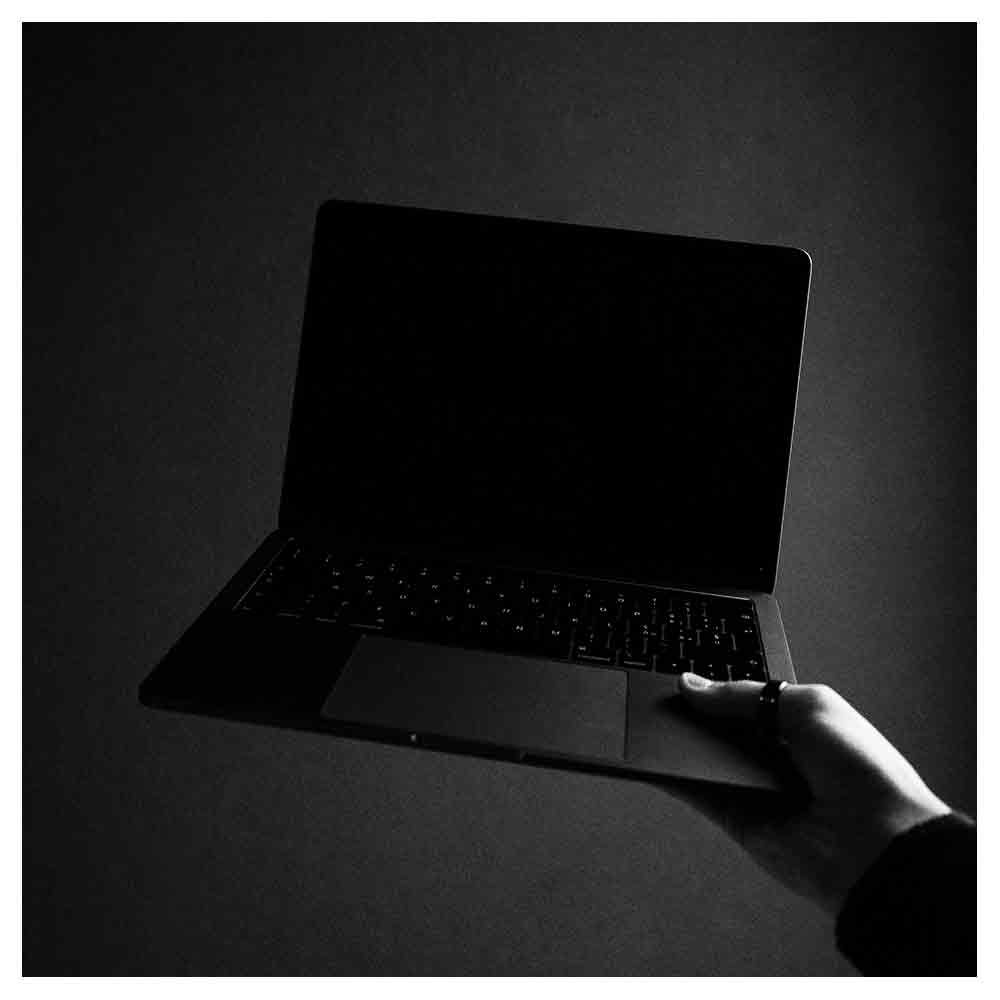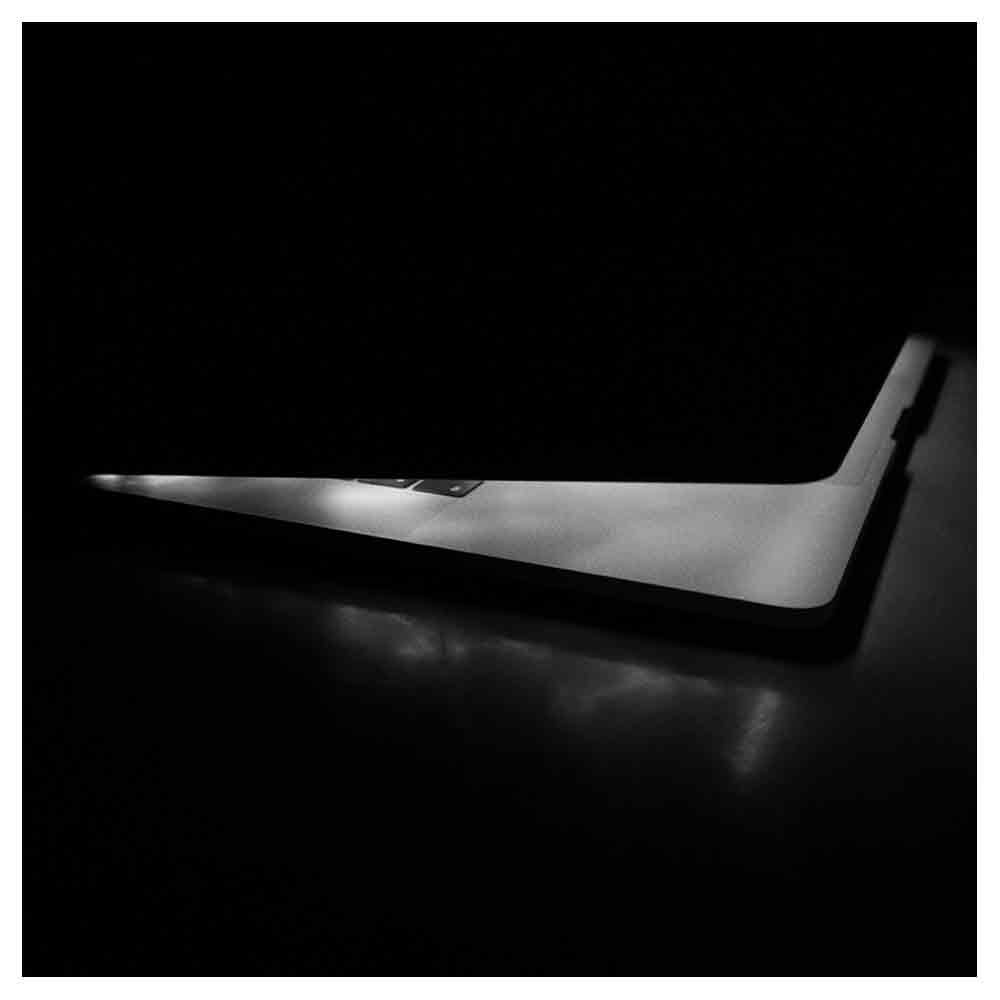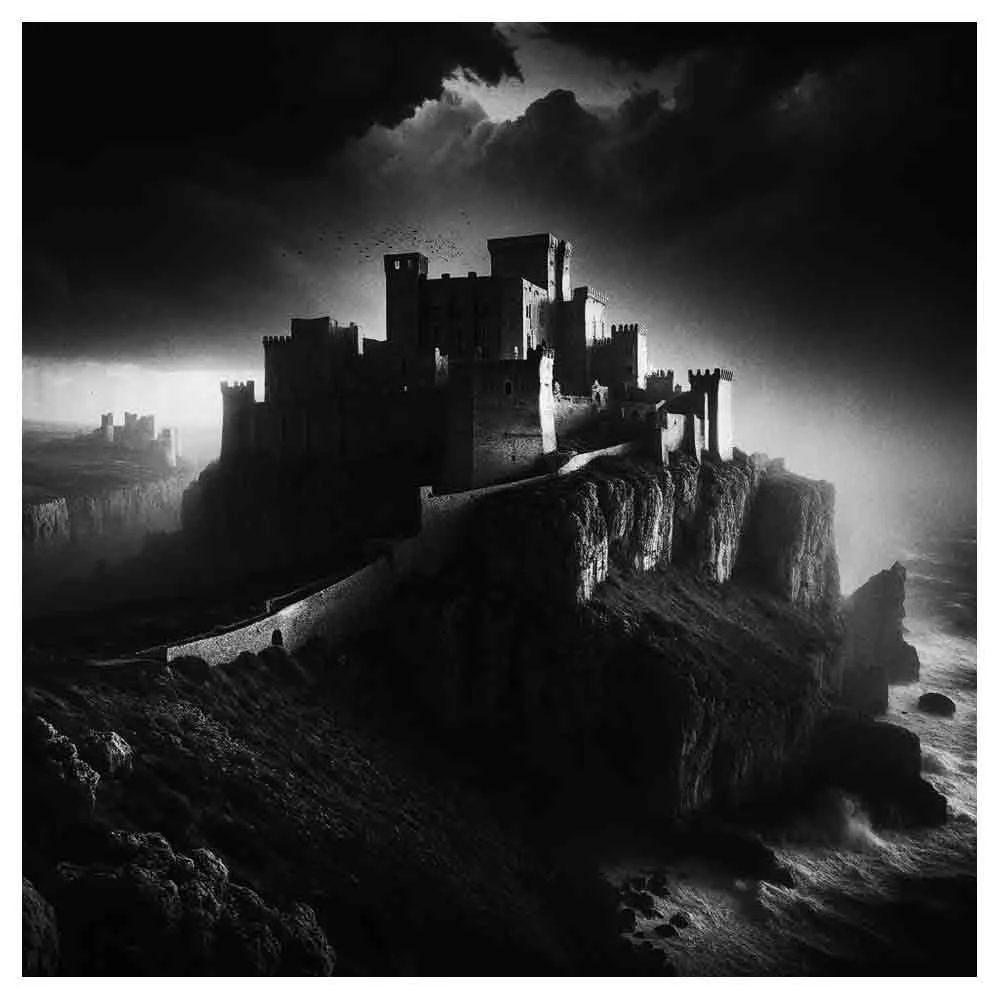How To Make A Low-Budget Short Film? A step-by-step breakdown of how I did it!
In this blog article, I wanted to discuss my directing experience of a two-minute low-budget short film project about rising MMA star Ilias ‘The Blade’ Bulaid, which we filmed in the beautiful country of Morocco.
I will explain what sparked this Moroccan adventure, how I brought this project to life with minimal resources, and why the final result never got me the results I was hoping for.
Table of contents:
Why I made this low-budget short film
At the beginning of 2019, I doubted which direction I wanted to go with my directing career.
I had tried many different kinds of documentaries, short films, music videos, and commercial projects but didn’t feel I wanted to commit myself to one specific type of work.
A mindset trap
Besides the fact that I loved every creative challenge, I had trapped myself in the idea that I needed a diverse portfolio to show potential clients that I could direct any type of project.
So, I kept adding new diverse work to my reel, and because I saw a lot of potential jobs (and money) in documentary-style, sports-motivated projects, I thought it would be cool to add this type of work to my portfolio.
A frustrating experience
Unfortunately, I was very naive and believed that with one adidas project and two Hardwell documentaries in my back pocket, it would be easy to get my hands on big-budget, sports-motivated, documentary-style projects. But as you can imagine, that was not the case.
Because my portfolio didn’t include these specific projects, I couldn’t prove to potential clients that I could direct this content and that their production budget was in good hands with me.
The result was that I lost a lot of pitches for these types of projects throughout the year, which was a very frustrating experience.
Time to turn the tide
After yet another loss, I decided it was time to take a different approach.
I put aside €1000 of personal money, wrote a concept about the personal motivation of an MMA fighter to step into the octagon, and booked a plane ticket to Morocco to create a two-minute sports-motivated, documentary-style short film.
the short film pre-production
A few years before this short film adventure, my buddy Yassine Ikouaa (who owns a kickboxing gym) had taken my girlfriend and me on a road trip through his home country, Morocco.
On this trip, I fell in love with the beautiful aesthetics of this country and dreamt of filming a project in Morocco in the future.
Fast forward to 2019, and I thought that my idea to make a short film about a fighter's internal motivation to step into the octagon would be the perfect project to film in this amazing location.
To help convince other people to be on board with my idea, I packed my vision for this project in a director's treatment and pitched it to Yassine.
Pitching the short film project
I knew Yassine was good friends with Ilias Bulaid, a rising MMA star with Moroccan roots, and I asked Yassine if he could help me pitch my idea to Ilias and join me on this Moroccan adventure.
Yassine was happy to help, asked me to record a voice memo of my pitch via WhatsApp (true Moroccan communication style), and connected me with Ilias.
Ilias also loved what I had in mind and told me about two of his UFC friends, Ottman Azaitar and Abu Azaitar, who could help us with this project in Morocco.
These two guys lived in Rabat, the capital of Morocco, where they had access to a private royal training facility that we could use for this short film. A dream come true scenario!
Next, I pitched my idea to cinematographer Kevin Kimman who also liked the concept and loved the idea of going on a cinematic adventure to the beautiful country of Morocco.
Kevin owned a RED camera and lots of other cool camera gear, so we were sorted in terms of equipment.
Preparation
Although this project aimed to film in documentary style, I wanted to have as much control over the project's outcome as possible.
So, before we stepped on the plane, I wrote the entire voice-over and storyboarded the whole video based on comprehensive online research using software called FrameForge.
With the cast, crew, script, storyboard, and local help from two Moroccan superstars in place, we picked a date and booked our tickets to the beautiful city of Rabat.
filming the short film
On the first day in Rabat, we visited all the locations we had access to and tried finding the perfect camera angles to bring my storyboard to life.
In the evening, Kevin and I used a printed version of every shot in the storyboard and placed them on the floor of our apartment in order we wanted to film each shot.
Cheap special effects
We started filming at the royal MMA training facility on the second day of our stay. I thought it would be cool to capture Ilias with a lot of sweat, but it was actually freezing cold inside the training facility because we visited the place in December.
Luckily, I had called make-up specialist Celine Bernaerts in advance and asked her for some make-up advice. She told me to use a spray bottle with a 50-50 mixture of water and plant-based glycerin for the fake sweat, which worked perfectly! And for fake blood, we used a bottle of stage blood.
On the second day of filming, we filmed some final shots inside the training facility, including a small mosque, before we went to the Riad (traditional family home) that we had booked via Airbnb.
Funny side story: For the video's opening shot, we had the idea to reveal Ilias behind the laundry on the roof of the building. But inside the apartment, there was nothing we could use on the washing line. Therefore, the laundry on the roof consisted of my bedsheets and dirty clothing from the days before.
A royal treatment
Ilias' local network proved to be gold for this production. When we landed, Ottman Azaitar and his family treated us like royals.
A private driver picked us up from the airport and drove us anywhere we wanted during our stay. We were allowed to sleep in one of their luxury homes and were treated to an insane amount of delicious Moroccan food daily.
In short, we wouldn't have been able to make this project come to life without the Azaitar family, for which I am forever grateful.
The short film post-production process
Because I had no money to hire an external editor, I decided to edit this project myself.
To discover if the voice-over I had written in advance worked, I recorded the voice-over myself talking to the dictaphone app on my iPhone, which helped me find the right rhythm in the edit in combination with an Artlist temp track.
In my experience, the biggest advantage of working with stock music from a platform like Artlist for the first versions of your project is that if you can’t find a music composer to create an original soundtrack, you can always decide to use the stock music without licensing issues.
Luckily, I convinced film composer Jorrit Kleijnen to help me with this project and create an original epic soundtrack.
Inspired by the works of Gustavo Santaolalla and Ludovico Einaudi, Jorrit invited some of the finest musicians in his studio during the first worldwide corona lockdown to record every instrument separately, resulting in one hell of a score that emphasizes the oriental vibe of the film.
With Jorrit’s score in the pocket, I finalized the final frames in the edit and started my search for a sound designer.
For the second I Am Hardwell documentary, I worked extensively with sound designer Mark van der Male, so I decided to call him and discover if he wanted to help me on my quest to bring this beauty to life. Mark liked the project and was happy to help me finalize this project.
When I jumped in the studio with Mark, I told him it would be a cool idea to do something with sound effects inspired by Ilias’ nickname, ‘The Blade.’
We came up with the idea to record two big kitchen knives sliding over each other in different ways, pitch the sounds, add loads of filters, and use them every time Ilias makes a punch or kick movement in the film.
For the final stage, cinematographer Kevin Kimman brought on board color grader George Balatoni, who gave the images a raw and gritty look based on this photography book by photographer Steve McCurry.
Six months after we left Morocco, lots of hours sitting in front of various computer screens and a coronavirus lockdown later, we finally finished the project and released it in the summer of 2020.
Conclusion
After the release, Ilias sent the final video to many influential people in Morocco, who shared the video on their Instagram accounts.
A missed opportunity
Although the project received insane amounts of love from the Moroccan community, it eventually didn’t help me in my quest to get my hands on the opportunities I was hoping for. Looking back at it now, I believe the lack of results had a few reasons:
I didn’t push the project hard enough by sending it to more production companies and sport-centered advertising agencies.
I didn’t have a good marketing strategy for the project.
The final product wasn’t in line with the rest of my portfolio.
Shortly after the release, the coronavirus infections escalated worldwide, with strict lockdowns as a result, and I lost the project’s momentum entirely.
Rock bottom
When the project’s momentum faded, I felt I was back to where I started—losing pitches all the time. It felt like I had hit rock bottom, and I realized this was not a sustainable business model.
I had just invested enormous amounts of time and effort into creating another project that wasn’t in line with my previous work, used all my pro-bono credits to friends and collaborators, and lost €1000.
I felt like I needed a break from filmmaking for a while to reflect on what I was doing wrong. I decided I no longer wanted to be solely dependent on working as a freelance director and started diversifying my income stream by creating digital products.
Creating digital products helped me reflect on this long streak of losing pitches with a clear mind and turn the pitch-losing experience into something profitable.
Taking a break from pitching and reading lots of books about sales, marketing, and pitching opportunities made me clearly realize what I was doing wrong all the time.
Lesson learned
My biggest lesson from this project is that specialization is key in filmmaking. In other words, you don’t get the best pizza in a place that serves Chinese, Fastfood, and Vietnamese dishes. You get it at a place that is dedicated to only serving pizza.
Not deciding to specialize in serving my clients with a particular kind of work meant that I slowly became a jack of all trades. And being a jack of all trades meant I had to compete with many other jacks for all kinds of projects.
If you want to build a stronger career, work on bigger projects, and eventually make more money as a filmmaker (or any type of content creator), you have to specialize in a particular niche and market yourself for that specific kind of work.
For some, this might sound a little vague, so to help you with this, I’ve written a five-step beginner’s guide on how to get more clients and market yourself as a filmmaker that you can read here.
Frequently Asked Questions About Low budget Short Films (FAQs)
What’s the first step in making a low-budget short film?
The journey begins with a great idea. Before you worry about cameras or locations, write a compelling script.
Focus on a story that can be told with limited resources—think scenes with few characters and easily accessible settings.
How can I save money on production costs?
To keep your budget film friendly:
Utilize free locations: Public parks or a friend’s house can serve as excellent backdrops.
Borrow gear: Networking with other filmmakers may help you borrow equipment instead of renting.
Use non-professional actors: Friends or family might be willing to act for free or for small compensation.
What are some tricks to increase the production value of micro-budget films?
Production value can be enhanced by:
Smart use of lighting: Even basic lighting equipment can dramatically improve image quality.
Effective sound design: Use free sound effects available online to elevate the audio quality.
Attention to detail in post-production: Spend time on editing and color grading to polish your final product.
What’s essential to know about cameras and equipment for low-budget filmmaking?
You don’t need fancy equipment to make a compelling movie. A good smartphone, when used effectively, can shoot your entire film.
Investing in a decent microphone and tripod can also enhance your production significantly without breaking the bank.
How can I manage post-production without spending too much?
For post-production, consider the following:
Choose free or affordable editing software: Tools like DaVinci Resolve offer professional-grade features at no cost.
Learn basic editing skills: Plenty of online tutorials can help you learn how to edit your film.
Get feedback before the final cut: Show your edit to other filmmakers or friends for suggestions on improving without additional costs.
Can I make a feature film with a micro-budget?
While more challenging, it’s not impossible. Focus on a script that minimizes locations and characters.
Use all the resources mentioned earlier and plan meticulously to stretch your budget over a longer filming process.
Any tips on networking to support my low-budget film?
Networking is crucial:
Attend film festivals: Even if you're not showcasing a film, festivals are great places to meet like-minded creators and potential collaborators.
Join filmmaking forums and groups: Platforms like Facebook or indie filmmaker websites can connect you with people who share your passion.
Offer to help on other projects: Sometimes, the best way to build your network is to offer your time and skills on other filmmakers’ projects.
What if I have zero budget?
Making a film with no budget is all about creativity and leveraging your existing network. Shoot on your phone, edit on free software, and get friends to act. The important thing is to start shooting and learn from the process.
How do I decide on the genre for my low-budget film?
Your genre might depend on what resources you have. A drama or thriller might work if you have access to good locations.
Limited settings lend themselves well to genres like horror or sci-fi. Consider what makes sense for your story and resources.
What’s the best advice for first-time filmmakers on a tight budget?
Start small, and don’t get discouraged by limitations. Each short film you create is a stepping stone to better understanding filmmaking.
Embrace challenges as opportunities to innovate and remember that storytelling is at the heart of every great film, no matter the budget.













































